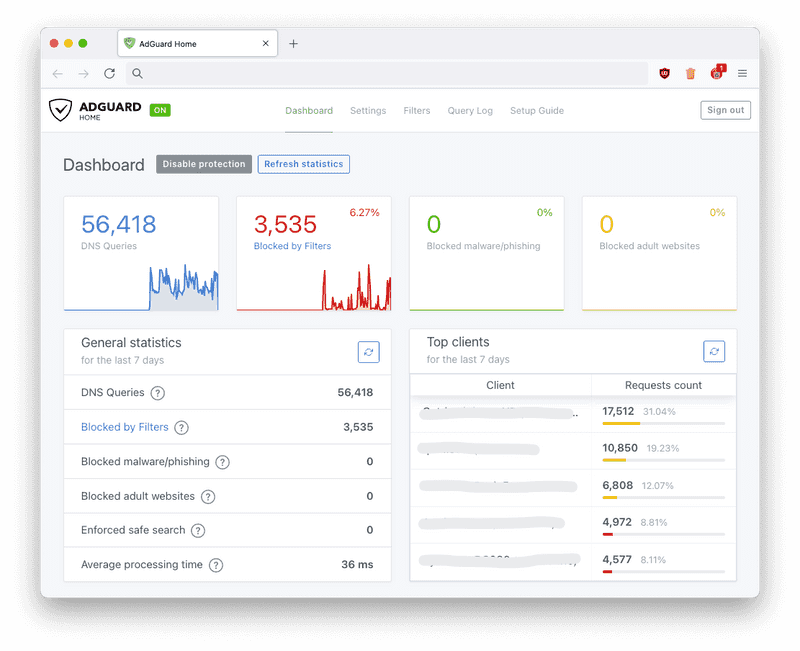

Think of this, AdGuard could potentially make a site non working, with the Pihole this is easily fixable (whitelists). Who do you trust more? An open source adblocker with an active community or an open source company based adblocker?Īnd if your Pihole has secure passwords and doesn't run unsafe software, this isn't a big concern.īiggest advantage of the Pihole is, that you have full control over everything including blocklists. Just lol 3, don't use VPN or the Pihole as DNS for that device. Just lol 2, just add some more blocklist for adult sites.Īccess settings (choose who can use AGH DNS)✅❌ Parental control (blocking adult domains)✅❌ Running as a DNS-over-HTTPS or DNS-over-TLS server✅❌ (requires additional software)īlocking phishing and malware domains✅❌ (requires non-default blocklists) You can use Wireguard/OpenVPN for using pihole with your smartphone and other devices. Those options aren't hard to implement into Pihole.Ĭross-platform✅❌ (not natively, only via Docker) A VPN can help here.Įncrypted DNS upstream servers (DNS-over-HTTPS, DNS-over-TLS, DNSCrypt)✅❌ (requires additional software) HTTPS is not necessary if used locally, and you should never expose port 53/the Pihole publicly. AdGuard Home is available on the following addresses. Finally, create an user and choose a strong password.HTTPS for the Admin interface✅Kind of, but you'll need to manually configure lighthttpd Lets take a look at a cheap alternative: Raspberry Pi 4 running network-wide ad-blocker software.Set DNS server to listen on 192.168.1.1 at port 5353.(Changing the web interface port is optional)

Setup the Admin Web Interface to listen on 192.168.1.1 at port 8080.In the browser go to (If your router IP is not 192.168.1.1, change this accordingly).Enable and start the service with /etc/init.d/AdGuardHome enable and then /etc/init.d/AdGuardHome start.This will create a service to start, restart and stop the package.



 0 kommentar(er)
0 kommentar(er)
